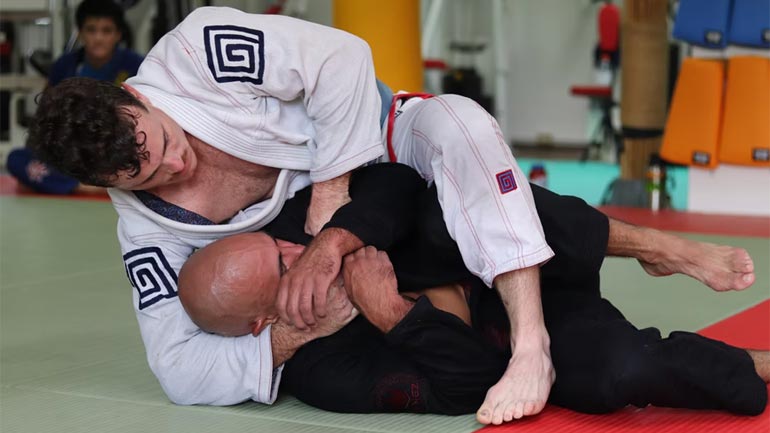
Submission grappling is only growing in popularity now in the United States. However, the sport has a long history. While submission grappling is most commonly associated with Brazilian Jiu-Jitsu, it is different from the sport. For instance, submission grappling competitors do not wear gloves.
However, the sport is mainly based on jiu-jitsu and bears strong resemblances to the same. It involves joint locks and choking and can be extremely dangerous if not performed well.
It takes extensive training and experience to take part in submission grappling competitions. There are several positions similar to jiu-jitsu moves. It’s recommended you join a highly reputed martial arts academy if you plan to learn the sport.
What is Submission Grappling?
Also called submission fighting and combat grappling, submission grappling uses the same methods and measures as Brazilian Jiu-Jitsu. However, submission grappling is more fast-paced and almost more aggressive than jiu-jitsu. It is also less methodical and organized compared to the sport.
There are several benefits to taking on submission grappling as a sport. Besides improving your strength and agility, submission grappling can help relieve stress and improve balance and flexibility.
MA experts assert that it combines a variety of martial arts moves and is built extensively on body control more than anything else.
Why Learn Submission Grappling?
Combat grappling is best suited for people who have basic knowledge and experience in martial arts. You will not be able to enter competitions without adequate training since it involves fast-paced body movements and even choking.
Most submission fighting trainers first educate students on the technical aspects of the sport before letting them try out moves.
Self-Defense and Protection
Submission fighting is an excellent sport for self-defense and protection. While there are no organized segregations between self-defense moves and combat moves in this sport, submission grappling, there are specific moves you can use to block the opponent and to defend yourself.
Muscle Memory Matters
Practice is everything when it comes to combat grappling. Since the sport involves very few tactical moves or organized rules, you depend heavily on your instincts and muscle memory to perform it right. It takes intuition and experience to assess the opponent’s move and use appropriate combat moves to combat them.
Improves Strength and Endurance
If you have basic knowledge of MA and are looking for ways to improve your strength and endurance, then combat grappling may be just right for you. It also improves your functional physical strength. The sport primarily involves using your body strength to beat the opponent.
Improves Flexibility and Balance
Combat grappling can improve your flexibility and balance considerably. Since there is no GI, grab, or hold involved, you will need immense control over your body to be good at this sport. Most MA experts only use combat grappling techniques for advanced competitions.
Umbrella Term
While submission grappling is an umbrella term for any grappling used in wrestling, experts believe that combat grappling originated as a sport in Japan.
Wrapping Up
Combat fighting is more of a freestyle wrestling sport than an organized sport. Choose a program that will equip you with the required technical knowledge and practice instructions. Also, assess your physical condition to ensure that combat fighting is right for you.




